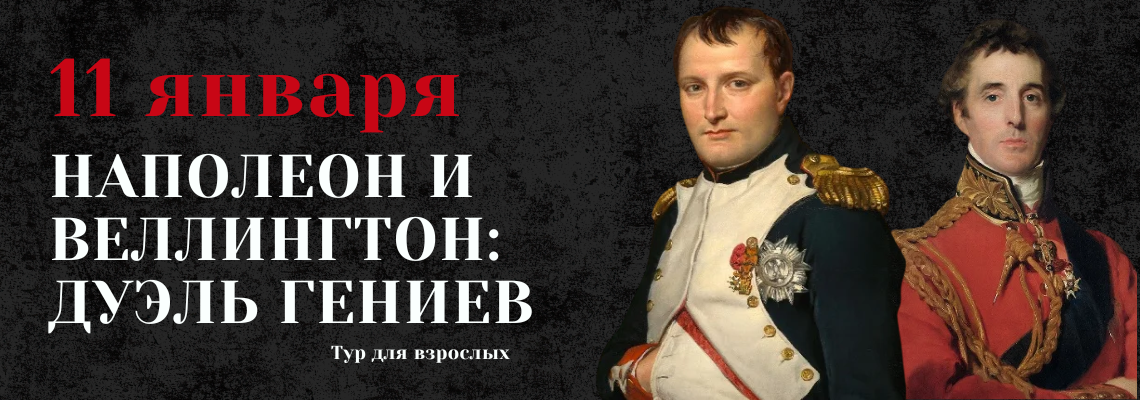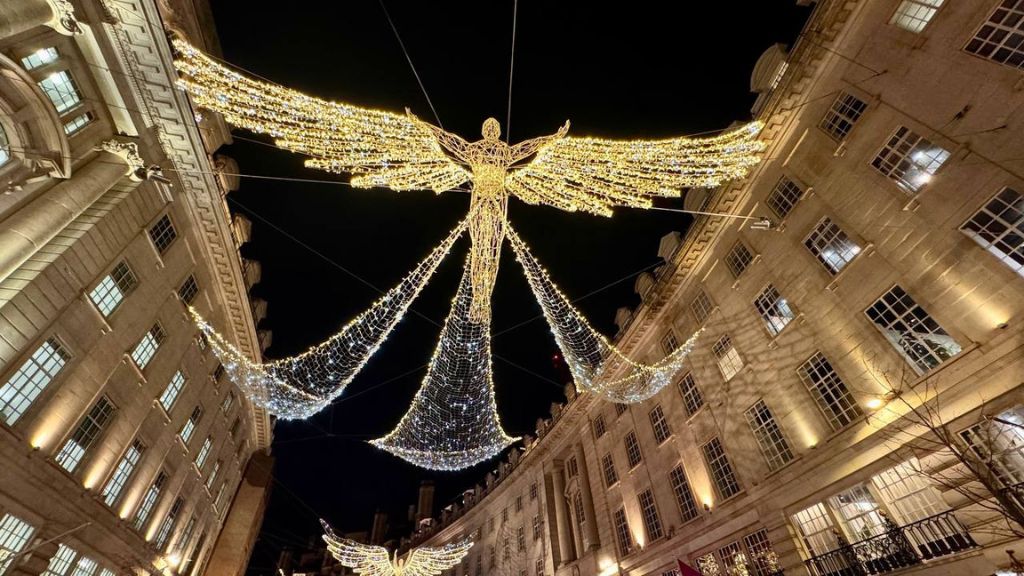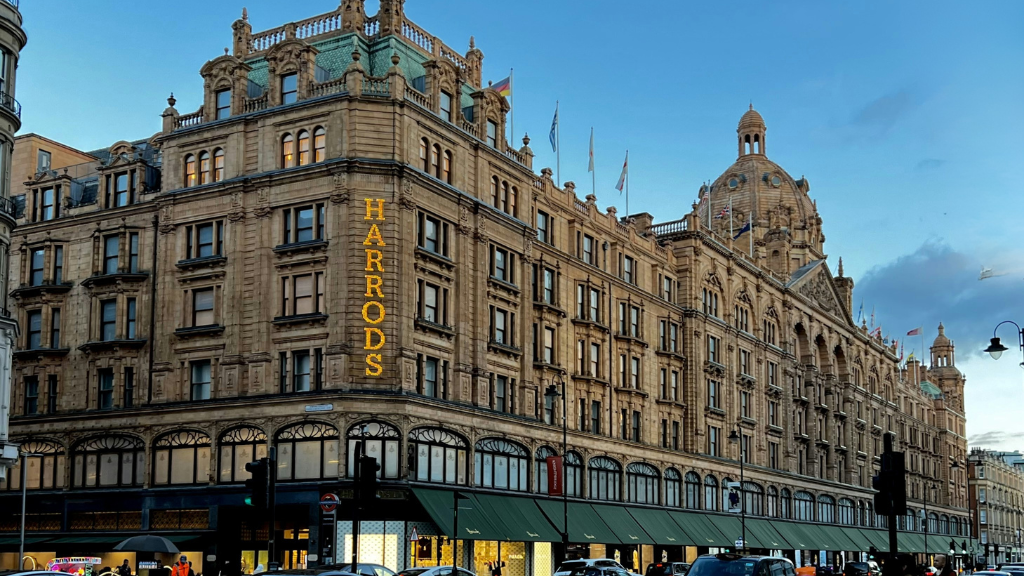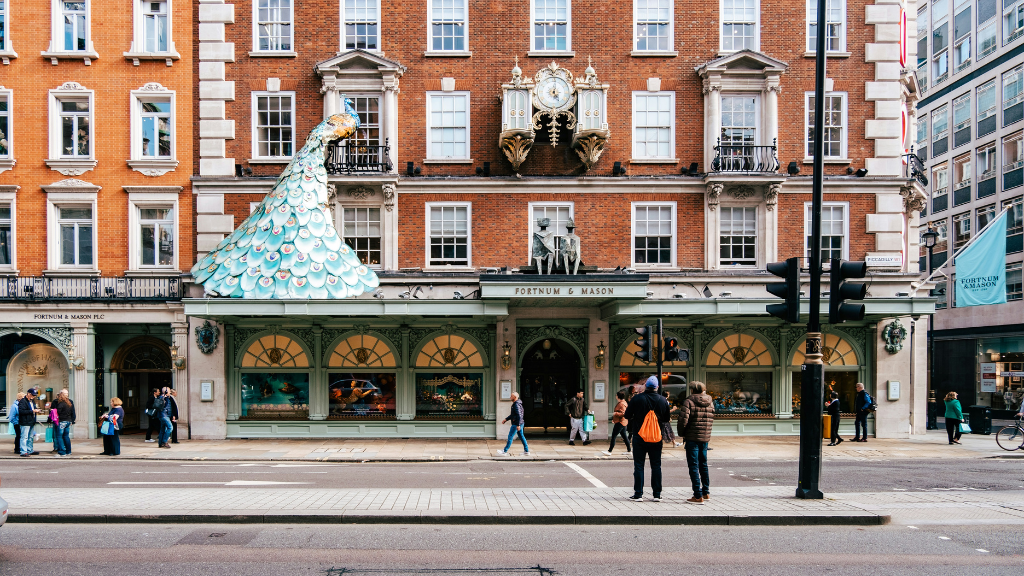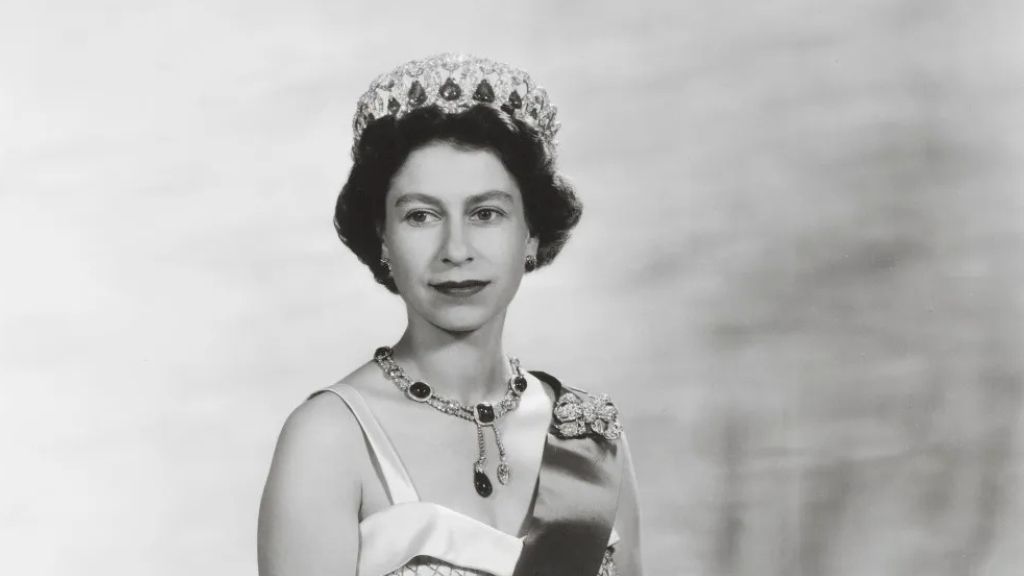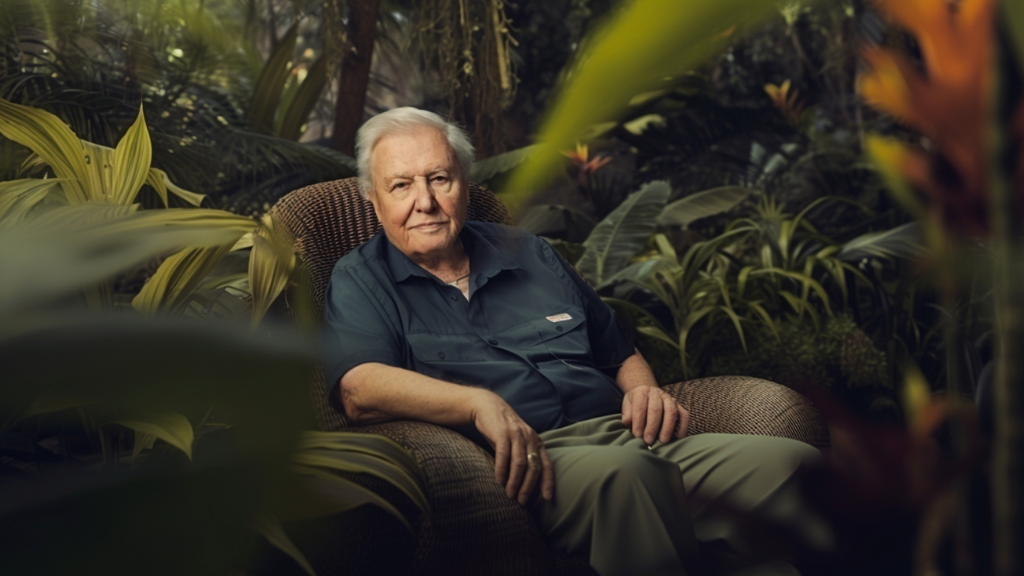
Great British Contemporaries: David Attenborough
David Attenborough is a true legend of the United Kingdom and the whole world. The British television presenter has become the iconic figure most closely associated with nature documentaries. Over a seventy-year career, Attenborough has evolved from a young biologist into a global icon, loved by everyone, from scientists to schoolchildren, from heads of state to the royal family. For decades, David Attenborough has depicted nature as both intimate and vast. With his distinctive voice, he has guided generations of viewers from the depths of oceans to mountain peaks, not for fame, but to show the beauty and fragility of our world. Afisha.London has a closer look at this great naturalist and recommends several must-watch documentaries.
This article is also available in Russian here.
Early Life and Education
David Frederick Attenborough was born on 8 May 1926 in Isleworth, London, to Mary and Frederick Attenborough. He spent his childhood during the war in Leicester, where his father was the principal of a local college. The family experienced World War II, and David was enlisted in the Royal Navy, although he did not see combat. From an early age, he showed a strong interest in nature – collecting rocks, fossils, and animal specimens. He later attended Cambridge University, where he studied natural sciences, earning degrees in geology and zoology. After his service, he began working as a radio editor.
A Career in Television
Attenborough’s television career began in the 1950s. He became the host and producer of the Zoo Quest series, which introduced the British public to wildlife through an expedition-style reality show. Even then, Attenborough emphasised filming animals in their natural habitats rather than in studios or zoos. His first major success came with the landmark documentary series Life on Earth, a comprehensive exploration of animal evolution. From that point on, Attenborough became synonymous with high-quality nature programmes, each new series marking both a scientific and cultural event. His films stood out not only for their stunning cinematography, often requiring years to film, but also for his distinctive narration style: calm, reverent, and filled with wonder at the natural world.
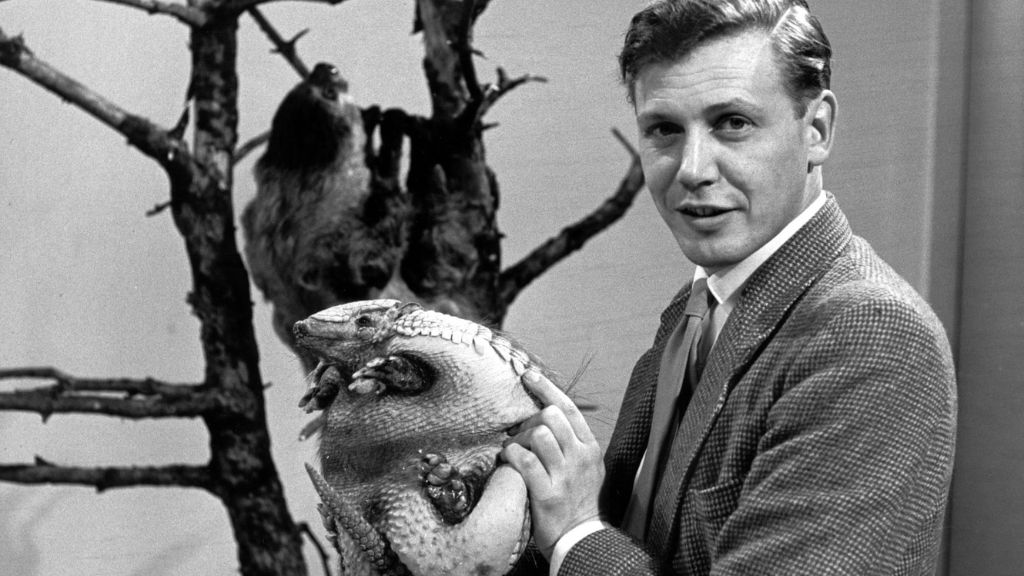
Young Attenborough with an armadillo on BBC, 1963. Photo: BBC
Honours and Recognition
Sir David Attenborough was knighted in 1985 and later received the Order of Merit, one of the UK’s highest honours. His awards include numerous BAFTAs and Emmys, the Royal Medal, and having various species of animals, plants, and even dinosaurs named after him. Despite his fame, Attenborough has always shunned the spotlight, choosing to focus on nature rather than himself. He does not use social media, lives modestly in London, rarely gives interviews, and maintains a humble lifestyle.
Read also: Winston Churchill: descendant of a pirate, impressionist and husband to the perfect wife
An Advocate for the Planet
Attenborough is not just a storyteller – he is a passionate advocate for nature’s preservation. He regularly speaks out about climate change, ecosystem destruction, and species extinction. His latest film, Ocean, is a deeply personal project and a strong call to safeguard marine environments. The film achieved a major box office success, recording the biggest opening for a nature documentary in cinemas across the UK and Ireland.
Read also: What to see in London this summer: top exhibitions of 2025
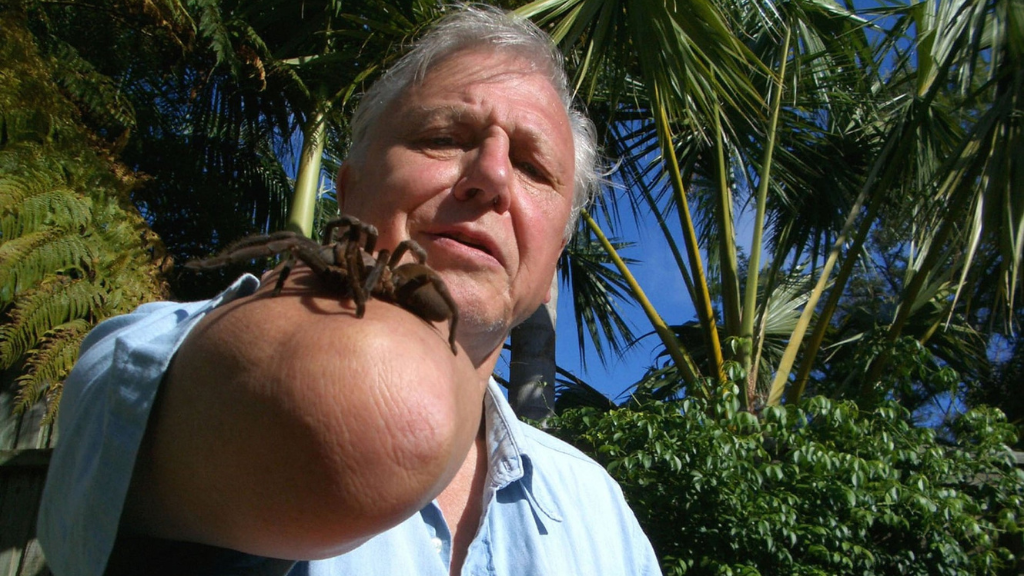
Attenborough in an episode of ‘Life In the Undergrowth’, 2005. Photo: BBC / Bridget Appleby
Where to Begin: Essential Documentaries
Life Collection (1979–2008)
A monumental BBC series consisting of nine documentaries covering all significant forms of life on Earth – from single-celled organisms to mammals. Attenborough traces the evolution and adaptation of animals and plants across various climates and landscapes. These series introduced innovative filming techniques that brought the natural world closer than ever before. The Life Collection became the foundation of his legacy.
Read also: Joseph Brodsky in London: from Soviet outcast to professor at the West’s top universities
Planet Earth (2006) and Planet Earth II: A World of Wonder (2016)
These series present a comprehensive portrait of our planet, using cutting-edge technology of their time. The original Planet Earth impressed viewers with its scope and image quality, covering oceans to mountains. A decade later, Planet Earth II used 4K resolution, drones, and slow-motion cameras to provide even more intimate and dramatic views of the natural world.
The Blue Planet (2001) and Blue Planet II (2017)
Entirely focused on oceans and marine life, the first Blue Planet was a breakthrough in underwater filmmaking. The sequel was more cinematic and emotionally resonant. Blue Planet II not only showcased the ocean’s beauty but also highlighted urgent threats like plastic pollution, climate change, and species decline. Hans Zimmer’s original score added emotional depth.
Read also: The last Stroganov: how Hélène de Ludinghausen revived a lost Russian legacy
Frozen Planet (2011)
This documentary explores life at Earth’s poles – the Arctic and the Antarctic. Attenborough examines how life survives in the extreme, icy conditions. With stunning footage of wildlife, the series also highlights the devastating impact of global warming, which is most apparent in these delicate regions.
A Life on Our Planet (2020)
A personal documentary manifesto in which Attenborough reflects on his life and the planet’s transformations during his career. He speaks openly about environmental degradation, species extinction, and the impending ecological crisis, offering possible solutions and a vision for a more sustainable future.
Read also: Nicholas II and George V: A History of Friendship and Duty
For the true fans
Wild Isles (2023) — a documentary series in which David Attenborough explores Britain’s mountains, forests, grasslands, freshwater and marine habitats, revealing them as some of the most spectacular on Earth.
Dinosaurs: The Final Day with David Attenborough (2022) — a documentary that reconstructs the final day of the dinosaurs using groundbreaking new discoveries.
David Attenborough’s Wild City (2016) — a unique nature series uncovering the hidden wildlife thriving in the heart of Singapore.
Legacy and Impact
David Attenborough has become not only a symbol of British documentary filmmaking but also a global voice for environmental awareness. He is a narrator, a guide, and the Earth’s voice, sharing its stories with deep respect and clarity. He does something extraordinary: He reveals the beauty and importance of the natural world in a way that resonates with everyone. Thanks to his work, millions of people around the world have seen wonders they might otherwise never have known existed. The impact he has made – on minds, hearts, and the planet itself – is rare and truly remarkable.
For those who prefer books, we recommend David Attenborough (Little People, BIG DREAMS) — an inspiring children’s biography that follows young David’s early life, dreams, and his journey to becoming the voice of the natural world. Older readers and teens will enjoy Journeys to the Other Side of the World (2019) — a fascinating memoir of Attenborough’s early expeditions to remote regions and his encounters with rare wildlife and diverse cultures.
Cover photo: Afisha.London / Midjourney
Read also:
Dave Gahan and Depeche Mode: icons of British modernity
How Diaghilev’s “Saisons Russes” influenced the European art world of the 20th century
Lydia Delectorskaya: the Russian émigrée who transformed Henri Matisse’s life
SUBSCRIBE
Receive our digest once a week with quality Russian events and articles

